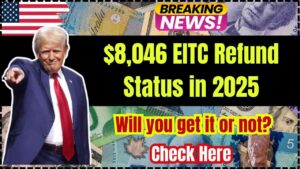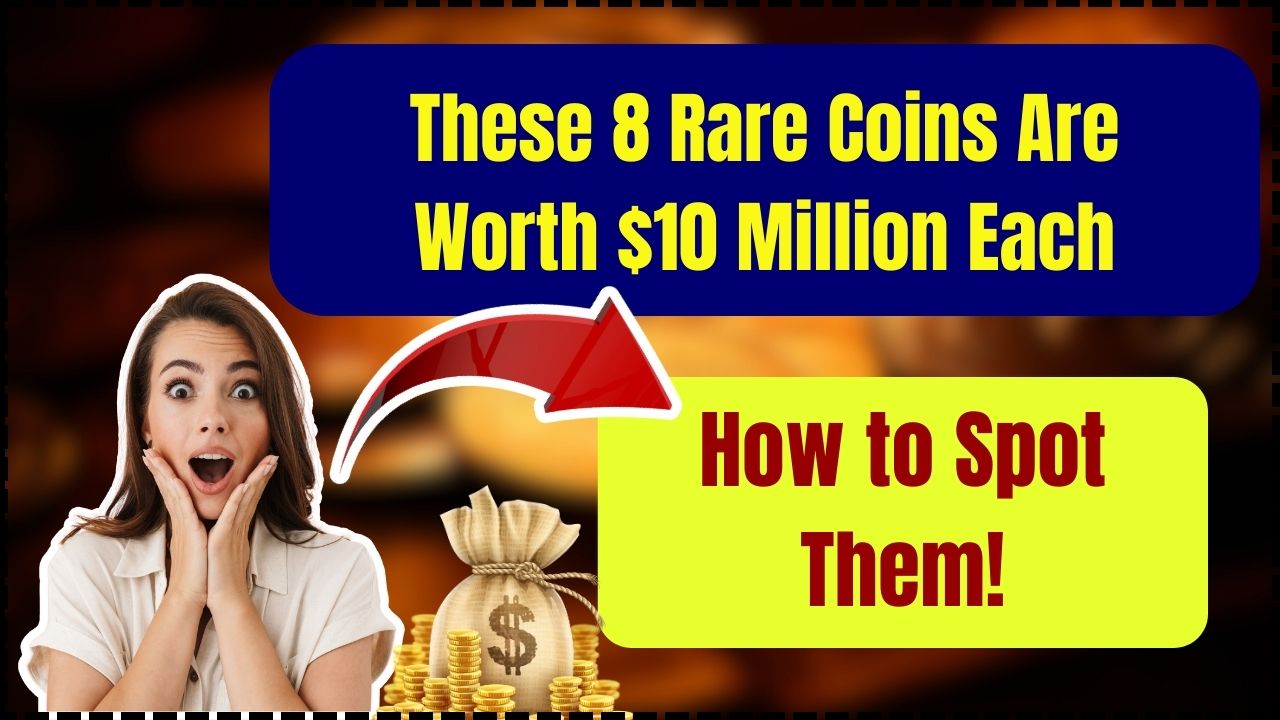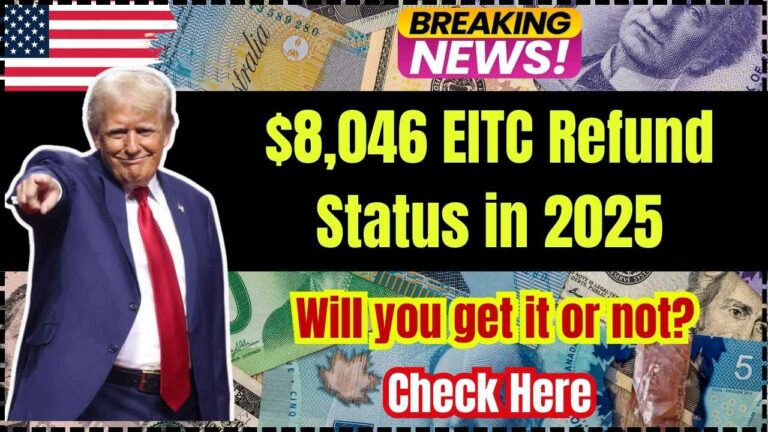Coins are more than just spare change—they can be historical treasures worth millions. For collectors and investors, rare coins represent not only financial potential but deep historical significance. Some coins have sold for $10 million or more, making them among the most valuable collectibles on Earth. In this guide, we’ll explore eight rare coins, why they’re so valuable, and how you can spot one if it ever crosses your path.
8 Rare Coins Worth $10 Million Each
| Coin Name | Year | Notable Features | Approx. Value | How to Identify |
|---|---|---|---|---|
| 1933 Saint-Gaudens Double Eagle | 1933 | Gold coin with Lady Liberty and flying eagle | $18.9 million (2021) | Double eagle design, gold, date 1933 |
| 1794 Flowing Hair Silver Dollar | 1794 | First U.S. silver dollar, Liberty with flowing hair | $10 million (2013) | Flowing hair, eagle on reverse |
| 1913 Liberty Head Nickel | 1913 | Only 5 exist, Liberty head with buffalo reverse | $10 million (2018) | Liberty head, buffalo, 1913 date |
| 1804 Draped Bust Dollar | 1804 | “King of American Coins,” rare with draped bust design | $10 million (1999) | Draped Liberty, eagle reverse |
| 1894-S Barber Dime | 1894 | Only 24 minted, minted in San Francisco | Up to $2 million | “S” mintmark, seated Liberty |
| Brasher Doubloon | 1787 | First U.S. gold coin, “EB” punch by Ephraim Brasher | $9.36 million (2021) | EB stamp, gold, eagle design |
| 1804 Turban Head Eagle | 1804 | Rare gold coin, Liberty with turban | $8.5 million (2008) | Turban Liberty, eagle reverse |
| Saddle Ridge Hoard Coins | 1847–1894 | Found in 2013, 1,427 gold coins in mint condition | $10 million (total) | Double eagle coins, pristine condition |
What Makes These Coins Worth Millions?
1. Rarity
Coins like the 1913 Liberty Head Nickel are incredibly rare—only five exist. The fewer the specimens, the higher the value.
2. Condition
A coin’s grade determines much of its value. Those in mint or near-mint condition, especially verified by professional services like PCGS or NGC, fetch higher prices.
3. Historical Significance
Coins tied to major historical events or figures—like the Brasher Doubloon, minted just before the formation of the U.S. Mint—carry additional premium.
4. Collector Demand
When a coin becomes well-known or featured in media (like the Saddle Ridge Hoard), collector interest spikes, pushing prices up at auctions.
How to Spot a Rare Coin
If you have an old coin, here’s how to assess its potential value:
1. Check the Date
Look for specific mint years like 1794, 1804, 1894, or 1933—these could signal a rare piece.
2. Look for Unique Features
-
Double Eagles are large, gold $20 coins with Lady Liberty.
-
Liberty Head Nickels from 1913 should feature Liberty on one side, and a buffalo or “V” on the other.
-
EB Punchmarks identify Brasher Doubloons.
3. Inspect the Mintmark
Coins marked with a small letter like “S” for San Francisco can be valuable. The 1894-S Barber Dime is one such example.
4. Examine Condition
Use a magnifying glass to check for wear, scratches, or fading. The better the condition, the higher the value.
5. Get Professional Verification
Consult a coin expert or submit your coin to a grading service like NGC or PCGS for official authentication and valuation.
Auction Records and Historic Sales
-
1933 Saint-Gaudens Double Eagle – Sold for $18.9 million in 2021, setting the world record for the most expensive coin.
-
1794 Flowing Hair Silver Dollar – Sold for $10 million in 2013, considered the first official U.S. silver dollar.
-
Brasher Doubloon – Reached $9.36 million at auction, largely for its rarity and origin before the U.S. Mint’s founding.
Coin Grading: Why It Matters
Grading is essential for determining a coin’s market value. Grades range from Poor (P-1) to Mint State (MS-70). A small difference in grade can mean thousands—or millions—in value.
Professional Grading Services:
-
NGC (Numismatic Guaranty Corporation)
-
PCGS (Professional Coin Grading Service)
How to Preserve Rare Coins
-
Use Coin Capsules or Holders – Keeps coins safe from dust and scratches.
-
Avoid Handling – Always use gloves; oils from fingers can cause corrosion.
-
Keep in a Dry, Cool Environment – Humidity and heat can damage metal surfaces.
-
Store Separately – Prevent coins from rubbing against each other.
Investing in Rare Coins
Rare coins are not just collectibles—they’re tangible assets with potential to appreciate over time. Like fine art, they often become more valuable with age, especially when tied to major auctions or historic discoveries.
Legal Tips
Always check a coin’s provenance before buying or selling. Some historic coins (like certain 1933 Double Eagles) may be subject to federal seizure if not legally released into circulation. Ensure your purchase is authenticated and traceable.
FAQs About Rare Coins
Q: How do I know if I have a rare coin?
A: Check the date, condition, mintmark, and unique features. Then consult a grading service or numismatic expert.
Q: Where can I sell a rare coin?
A: Through trusted coin dealers, online collectible platforms, or major auction houses like Heritage Auctions or Stack’s Bowers.
Q: What’s the most valuable coin ever sold?
A: The 1933 Saint-Gaudens Double Eagle, which sold for nearly $19 million in 2021.
If you’ve ever wondered if that old coin in your drawer could be worth a fortune, now’s the time to check. Who knows? You could be holding a piece of history worth $10 million or more.









